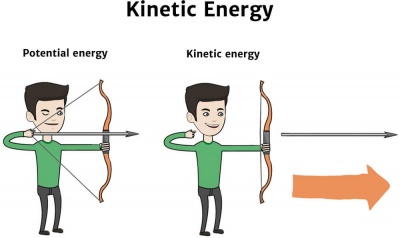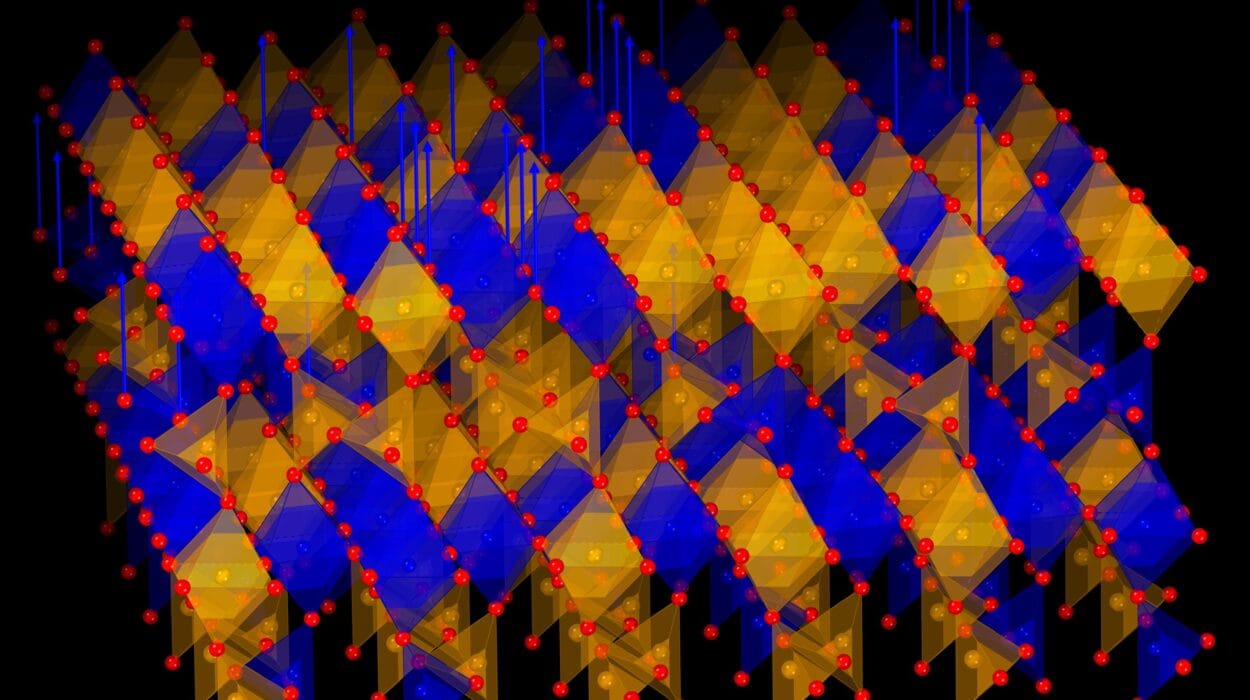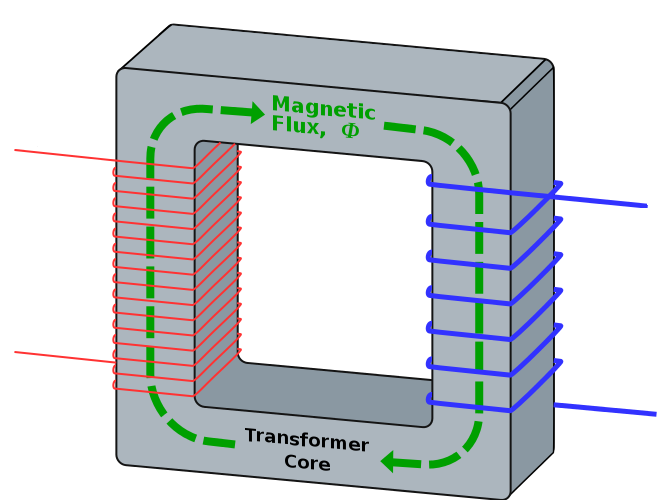In the swirling heart of an atom, protons and neutrons dance in intricate patterns, held together by one of nature’s strongest yet most mysterious forces—the nuclear force. For decades, physicists have searched for the hidden rules guiding this invisible choreography, discovering that certain numbers of protons or neutrons—so-called “magic numbers”—bestow unusual stability upon atomic nuclei.
Now, in a dazzling feat of experimental precision, scientists have discovered a brand-new magic number lurking far beyond the realm of everyday matter. The discovery, announced this week in Physical Review Letters, reveals that the number 14 is a “magic number” for protons in an exotic isotope called silicon-22. This finding doesn’t just expand a nuclear chart; it reshapes our understanding of how the universe forges elements in the fiery crucibles of stars and supernovae.
A Universe Built on Hidden Patterns
In our everyday lives, we rarely think about atomic nuclei. Yet their stability determines whether elements exist, whether stars shine, and whether planets—and life—can form at all. Nuclei consist of protons and neutrons clustered tightly at the atom’s core. Like electrons orbiting in shells around the nucleus, protons and neutrons also fill nuclear “shells,” each shell holding a specific number of particles. When a shell is full, the nucleus gains extra stability—a phenomenon physicists call a “magic number.”
Since the mid-20th century, nuclear scientists have known a handful of these magic numbers: 2, 8, 20, 28, 50, 82, and 126. Nuclei with these counts of protons or neutrons resist decay longer and have higher binding energies, much like noble gases resist chemical reactions because their electron shells are full.
This idea revolutionized physics in the 1940s and 1950s, thanks to pioneers Maria Goeppert Mayer and J. Hans D. Jensen, who shared the 1963 Nobel Prize for discovering the nuclear shell model. But as researchers pushed into the realm of rare, short-lived isotopes, they began to suspect that magic numbers might shift under extreme conditions—offering clues to the powerful forces binding matter itself.
The Lure of the Exotic
To peer deeper into the secrets of matter, physicists have turned to exotic nuclei—rare isotopes with unusual ratios of protons to neutrons. These atoms exist for mere fractions of a second before decaying into more stable forms. Yet within their fleeting lives, they reveal how nuclear forces behave far from the “valley of stability,” the zone on the nuclear chart where common elements like carbon, oxygen, and iron reside.
In recent years, scientists have found new magic numbers for neutrons in these exotic realms: 14, 16, 32, and 34. Yet the hunt for new proton magic numbers has proved far more elusive. Protons carry a positive charge, and as more are packed into a nucleus, they repel each other with increasing force, making proton-rich nuclei exceptionally hard to produce and study.
So when researchers predicted that proton number 14 might also be magic—inspired by discoveries in its mirror twin, oxygen-22—it set the stage for a scientific adventure.
Mirror Nuclei and a Theoretical Promise
Every nucleus has a “mirror” counterpart. Swap the number of protons and neutrons, and you get a mirror nucleus, often exhibiting similar properties. For instance, oxygen-22, with 8 protons and 14 neutrons, had previously shown that neutron number 14 was magic. By nuclear mirror symmetry, scientists suspected that in silicon-22—composed of 14 protons and 8 neutrons—the proton number 14 might also display magic characteristics.
Yet generating silicon-22 is an immense technical challenge. It’s neutron-deficient, highly unstable, and exists in only trace amounts. Previous efforts to study it left scientists staring at an empty space on the nuclear chart—a mystery waiting to be solved.
An Experiment at the Edge of Physics
At the Cooling Storage Ring of the Heavy Ion Research Facility in Lanzhou, China, scientists from the Institute of Modern Physics (IMP) of the Chinese Academy of Sciences finally cracked the problem.
Using an advanced technique called Bρ-defined isochronous mass spectroscopy—a mouthful of physics jargon meaning they measure masses with extraordinary precision—they produced and trapped silicon-22 nuclei long enough to weigh them. The result was the first precise measurement of silicon-22’s ground-state mass.
This may sound mundane—just weighing an atom—but in nuclear physics, mass is a window into the forces holding matter together. A nucleus’s mass reveals its binding energy, how tightly its particles are bound, and whether it’s likely to fling protons or neutrons away in radioactive decay.
The IMP team also revisited measurements of silicon-23, improving the precision nearly sevenfold. Together, these data opened a new vista on the silicon isotopes’ internal workings.
A New Magic Number Unveiled
The mass of silicon-22 showed it has a positive two-proton separation energy. In plain terms, this means silicon-22 doesn’t spontaneously eject two protons—a process known as two-proton radioactivity. This settles a longstanding debate over whether silicon-22 sits on the so-called proton drip-line, the theoretical boundary beyond which nuclei can’t hold onto extra protons.
But the true revelation came when scientists calculated silicon-22’s proton pairing energy and compared it to its mirror, oxygen-22. The numbers revealed an unmistakable signature of a magic proton number: 14.
This finding is supported by sophisticated calculations using the Gamow shell model, which extends the nuclear shell concept into the fuzzy borderlands where particles can “tunnel” out of the nucleus—a hallmark of radioactive decay.
Even more intriguing, silicon-22 appears to exhibit double-magic properties, meaning both its proton and neutron configurations are exceptionally stable—a rare trait that makes it an important benchmark for testing nuclear theories.
A Subtle Asymmetry and Deeper Mysteries
Despite these magic properties, silicon-22’s internal landscape holds surprises. Its protons, the researchers found, spread out more spatially than the neutrons in oxygen-22. This suggests a subtle breaking of the mirror symmetry between the two nuclei—a phenomenon that could hint at fine details of the nuclear force that physicists have yet to fully understand.
“These results deepen our understanding of exotic nuclear structures and provide new insights into nucleon interactions and the existence of extremely exotic nuclei,” the researchers write.
Implications Across the Cosmos
Why does all this matter? Because the universe is forged in nuclear furnaces. The birth of stars, the explosions of supernovae, and the mergers of neutron stars create elements through nuclear reactions involving exotic isotopes. Understanding how magic numbers shift far from stability helps astrophysicists model these cosmic events and predict the abundance of elements scattered across the cosmos.
Moreover, these studies test the fundamental theories of nuclear physics. Each new measurement fine-tunes the models used in applications from nuclear medicine to energy to national security.
For physicists, discovering a new magic number is like discovering a new note in the cosmic symphony—a sound that reveals hidden harmonies and new possibilities in the music of matter.
A Frontier Still Unfolding
The discovery of silicon-22’s magic proton number is not the end of the story. It’s an invitation to go further. Scientists now aim to explore even more exotic isotopes, pushing deeper into the extremes of neutron and proton numbers to unlock new secrets of the atomic nucleus.
In the quiet corridors of the Heavy Ion Research Facility and the brilliant glare of detector screens, scientists are rewriting our nuclear atlas—one elusive isotope at a time. And in the heart of silicon-22, they’ve found a new chapter in the epic tale of how matter holds itself together, from the blazing cores of stars to the fragile atoms that build our world.
Reference: Y. M. Xing et al, 𝑍=14 Magicity Revealed by the Mass of the Proton Dripline Nucleus 22Si, Physical Review Letters (2025). DOI: 10.1103/ffwt-n7yc. On arXiv: DOI: 10.48550/arxiv.2503.01380






